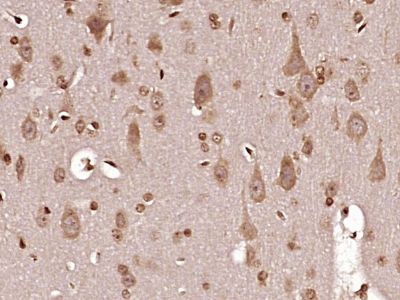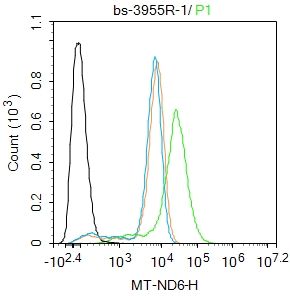Specific References (3) | SL3955R has been referenced in 3 publications.
[IF=5.2] Wu, Ji-hong, et al. "Cumulative mtDNA damage and mutations contribute to the progressive loss of RGCs in a rat model of glaucoma." Neurobiology of Disease (2014). WB ; Rat.
[IF=15.84] Ke Cao. et al. Hypermethylation of Hepatic Mitochondrial ND6 Provokes Systemic Insulin Resistance. 2021 May 02 WB ; Mouse.
[IF=0] Hoque SAM et al. Mitochondrial protein turnover is critical for granulosa cell proliferation and differentiation in antral follicles. J Endocr Soc. 2018 Dec 10;3(2):324-339. WB ; Mouse.

